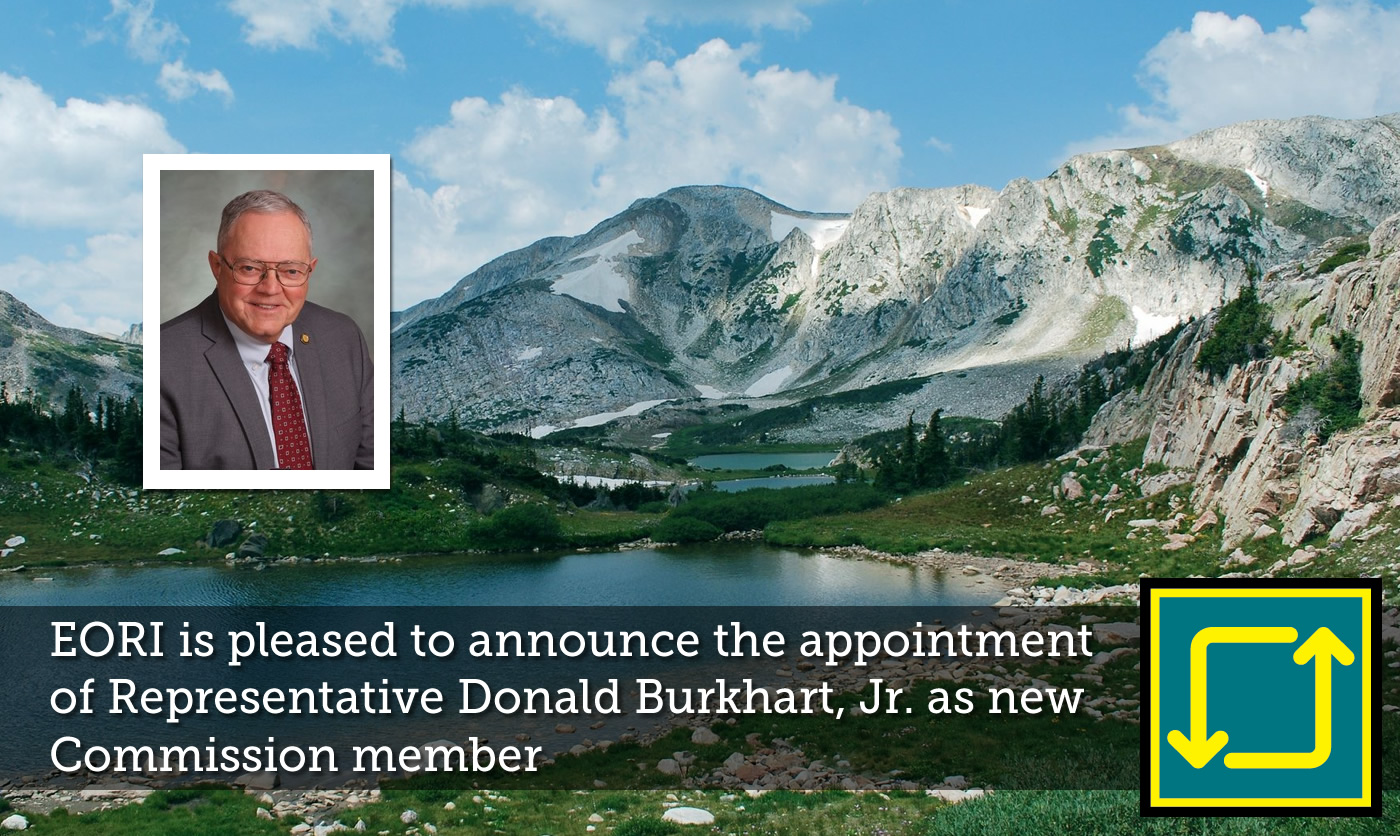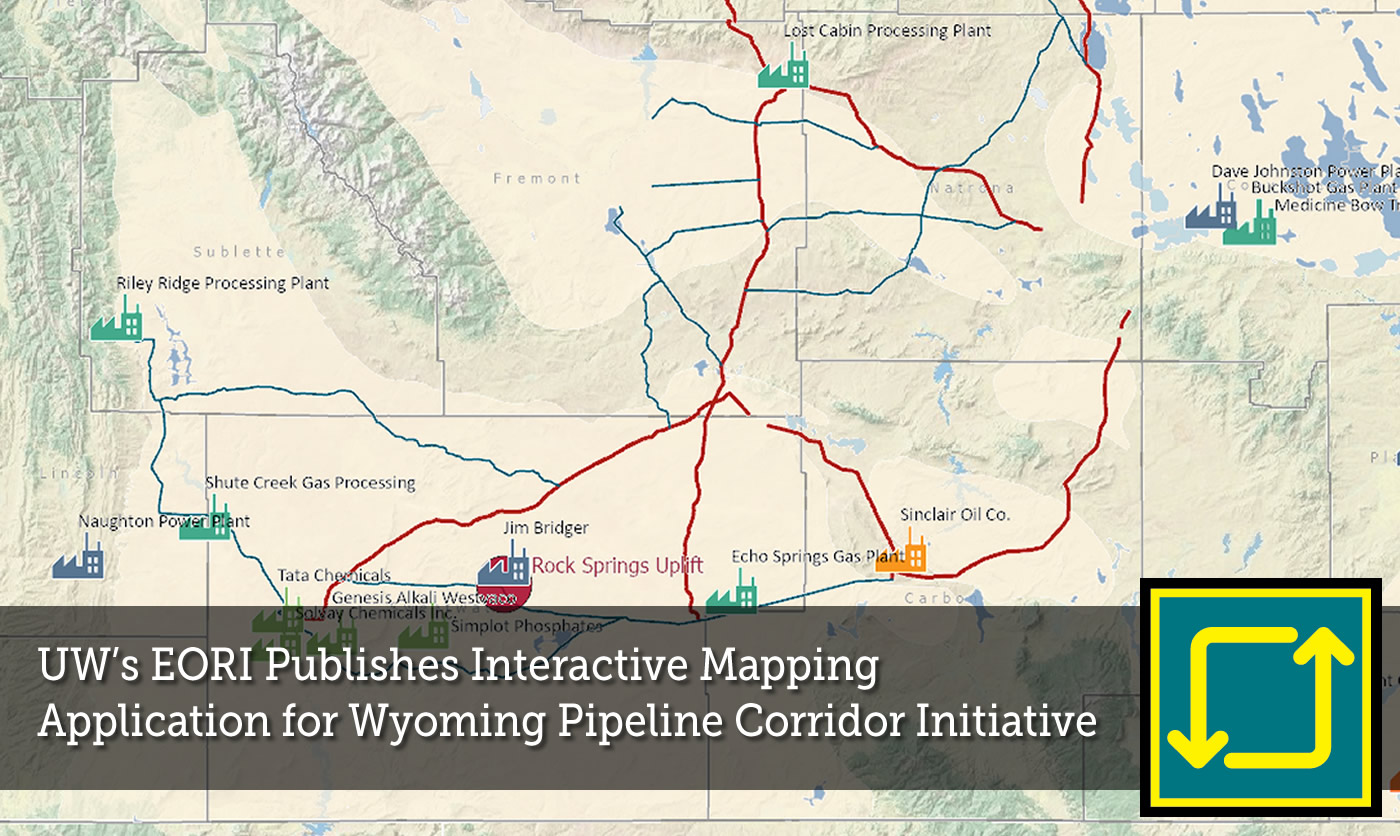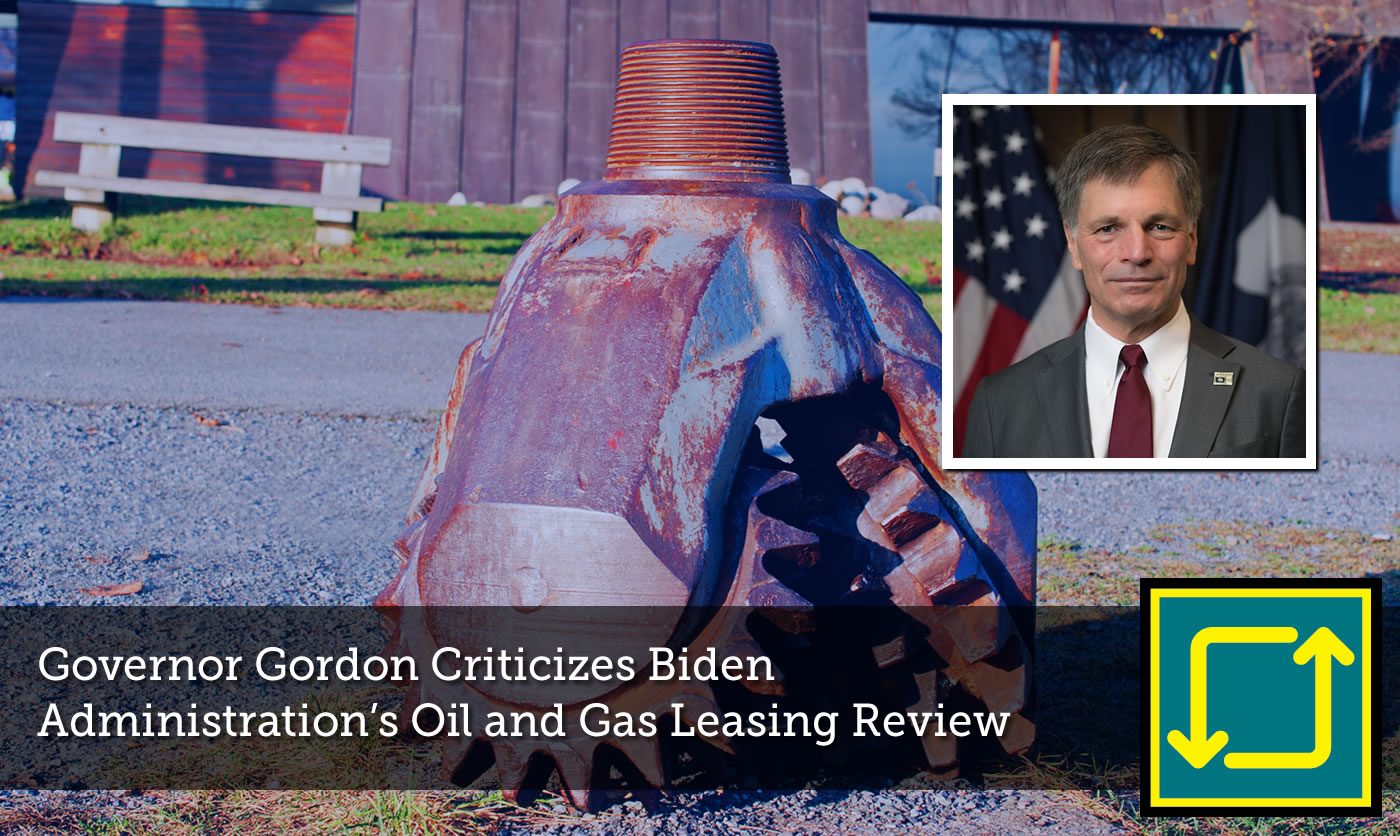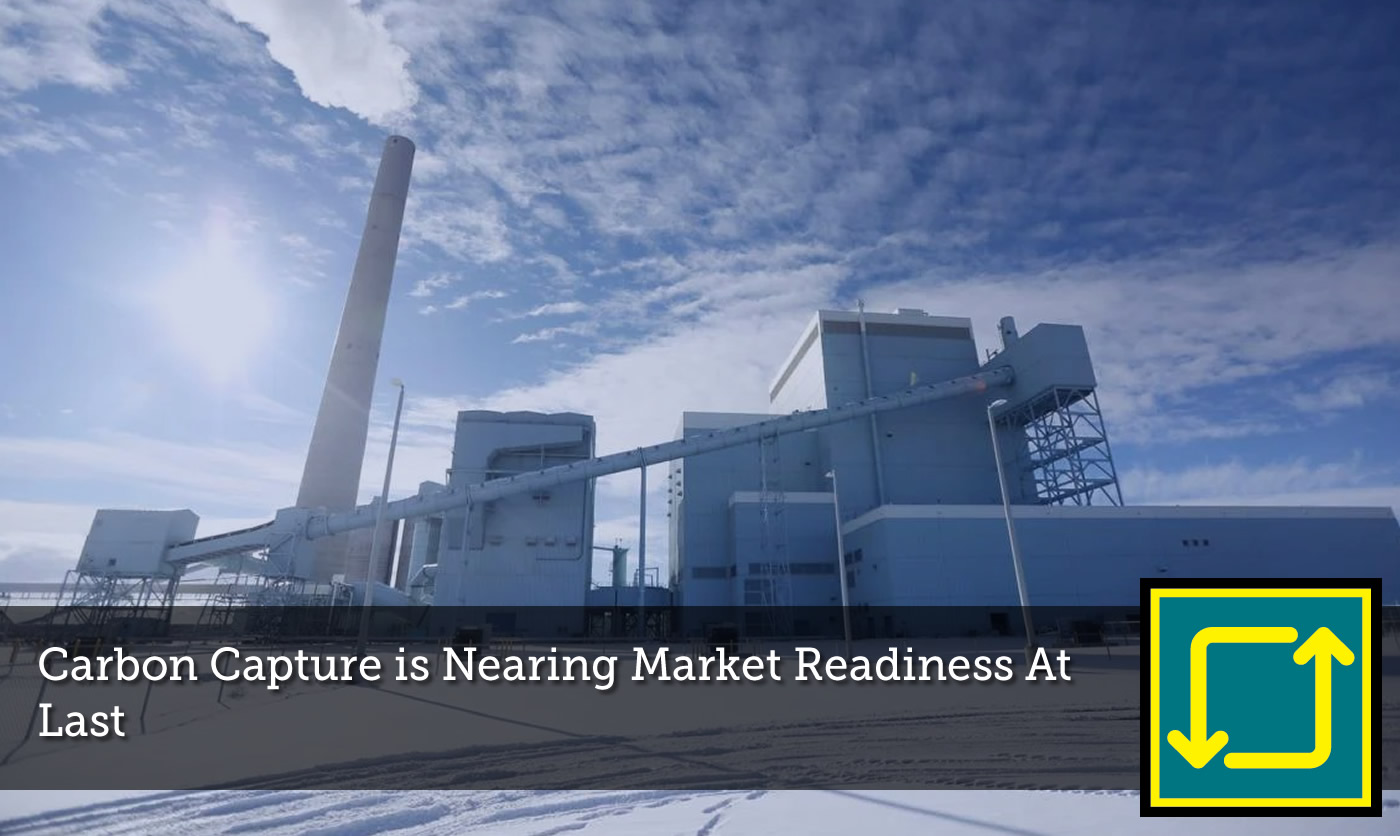


- Wyoming State Geological Survey Research Oil and Gas Production in Wyoming, 1950-2020
- DOE, FE and NETL Carbon Storage November 2021 Carbon Storage Newsletter
- EORI’s Acting Director, Lon Whitman, Highlights Wyoming’s CO2-EOR Opportunities for Growth
- EORI’s Graeme Finley Presents at USEA’s and CONSENSUS Webinar on Tuesday, November 16, 2021 at 2:00 pm (ET)
- Governor Gordon Says New EPA Methane Regulations Creates Industry Uncertainty and Impacts Energy Production
- EORI Receives National Recognition Highlighting Wyoming for its Readiness in CCUS Technology and Policy




